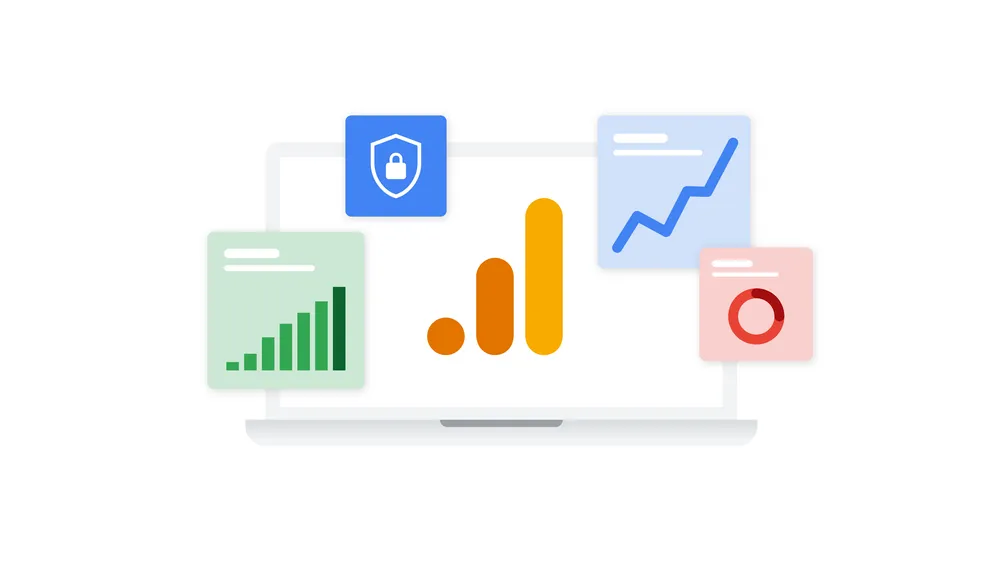Optimize Your Internet Site Performance With Google Analytics Monitoring Code
In the digital landscape, understanding individual interactions with your web site is important for optimization. By incorporating the Google Analytics tracking code, you can unlock a wide range of info pertaining to visitor actions, enabling you to check necessary metrics and identify possible areas for improvement. This strategic application not only notifies your decisions however also leads the way for a more appealing customer experience. Nevertheless, the actual difficulty depends on effectively examining this data and equating understandings right into actionable methods. What actions can you require to ensure you are completely leveraging these understandings for optimum performance?
Understanding Google Analytics
Understanding Google Analytics is essential for website owners and marketing experts aiming to optimize their online existence. This effective device gives critical insights into user actions, permitting stakeholders to make data-driven choices. By tracking numerous metrics, such as web page sights, bounce rates, and user demographics, Google Analytics helps identify which aspects of a website are performing well and which require improvement.
Among the crucial features of Google Analytics is its ability to sector information. Individuals can evaluate traffic resources, individual interaction, and conversion rates throughout various segments, such as geographic locations or device types. This granularity enables marketing professionals to tailor their techniques to certain target markets, therefore improving the effectiveness of their projects.

Setting Up Monitoring Code
To harness the full potential of Google Analytics, setting up the monitoring code correctly is an essential action. The tracking code, a bit of JavaScript, makes it possible for Google Analytics to gather data regarding individual interactions on your website.
Following, you'll need to install this code right into the HTML of your site. Preferably, position the tracking code prior to the closing tag on every web page you desire to keep an eye on. If you're making use of a content administration system (CMS) like WordPress, take into consideration using plugins that help with very easy assimilation.
After applying the code, it's crucial to confirm its capability. Make use of the "Real-Time" records in Google Analytics to confirm that data is being gathered as expected. By making sure proper configuration, you produce a strong structure for reliable data analysis and tactical decision-making to improve your internet site's efficiency.
Key Metrics to Display
Routinely checking vital metrics in Google Analytics is important for examining your internet site's performance and user engagement. Among the basic metrics to track are web page sights, which give understanding right into exactly how typically individuals go to different pages on your website. In addition, special visitors help you comprehend the reach of your material by indicating the amount of distinctive individuals are engaging with your website over an offered period.
Bounce rate is an additional critical statistics, disclosing the percentage of visitors that leave your site after viewing just one page. A high bounce rate might indicate issues with material significance or user experience. Alternatively, session period indicates how much time visitors remain on your site, aiding you assess content performance and individual interest.
Conversion prices are crucial for gauging the success of your internet site in accomplishing specific objectives, such as form entries or product acquisitions (when does the google analytics tracking code send an event hit to analytics?). Monitoring web traffic sources is likewise key, as it assists identify which channels drive one of the most traffic and conversions, permitting more targeted marketing approaches
Analyzing Site Visitor Habits
Moreover, tracking customer pathways via the site aids expose common navigating patterns. This information is crucial in figuring out whether users can conveniently find the web content they seek or if they run into challenges that bring about irritation. Identifying high try this web-site departure pages can highlight areas that might need redesign or even more engaging material to preserve visitors.
Furthermore, segmenting customers based on demographics, interests, and behavior supplies a much deeper understanding of the target market. This division allows businesses to tailor content and advertising and marketing approaches better, boosting the probability of conversions. Eventually, assessing visitor habits not only notifies web site enhancements but also fosters a more user-centric strategy, bring about enhanced fulfillment and commitment gradually.
Implementing Data-Driven Adjustments
Carrying out data-driven adjustments is crucial for improving website efficiency and attaining service goals. By leveraging insights collected from Google Analytics, organizations can recognize areas for improvement and make informed choices to enhance individual experience.
First, analyze key efficiency indicators (KPIs) such as bounce prices, session period, and conversion rates to pinpoint certain concerns impacting user interaction - when does the google analytics tracking code send an event hit to analytics?. For example, a high bounce rate on a touchdown web page may indicate that the web content is not reverberating with visitors or that the web page takes also lengthy to load

Final Thought
In final thought, the execution of Google Analytics tracking code is essential for enhancing internet site efficiency. By properly keeping track of user actions and essential metrics, useful insights can be acquired, assisting in data-driven decision-making.
By tracking different metrics, such as web page views, bounce rates, and individual demographics, Google Analytics assists recognize which elements of a website are executing well and which call for renovation.
Customers can examine traffic sources, user interaction, and conversion rates across various sectors, such as geographic places or device types. The tracking code, a snippet of JavaScript, makes it possible for Google Analytics to gather data regarding customer interactions on your web site.On a regular basis keeping an eye on crucial metrics in Google Analytics is essential for evaluating your internet site's performance and customer involvement. By leveraging Google Analytics, site owners can acquire useful understandings into exactly why not try these out how individuals connect with their website.
Comments on “Vital Insights on When Does the Google Analytics Tracking Code Send an Event Hit to Analytics for Accurate Reporting”